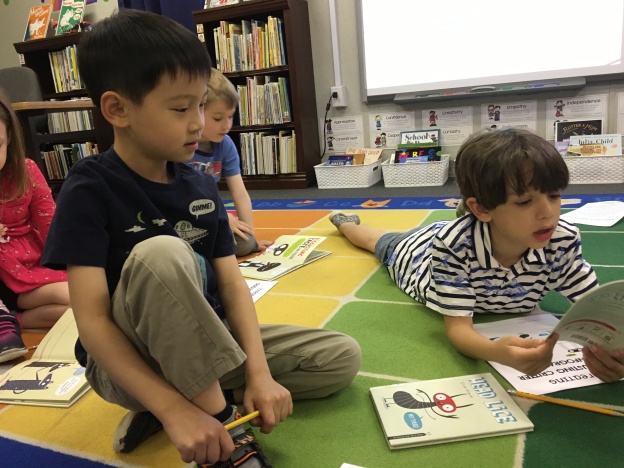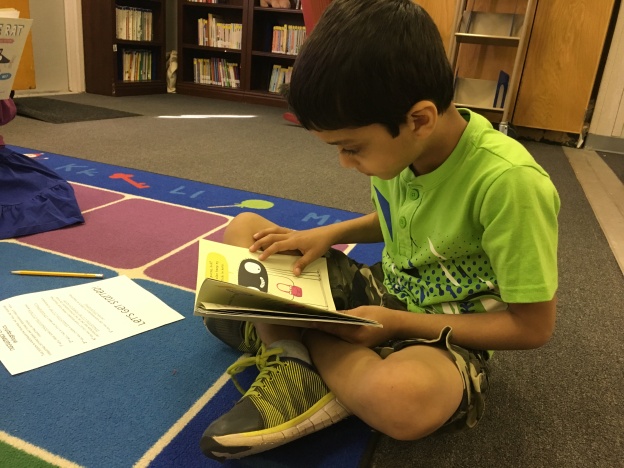Hello Everyone and welcome back to school!
If you’re reading this blog, you probably know me already, but just in case — my name is Beth Green and I am the Enrichment Coordinator for grades K-2 at Mount Daniel and Thomas Jefferson Elementary Schools. This is my seventh year in this position, and I love what I do in a way that perhaps only happens to people who begin their careers doing something they…um… don’t love. (Hence the reason I sometimes refer to myself as a “recovering lawyer.”)
The enrichment program has undergone some changes, and enrichment services will look different this year. Here is a quick break down of what you can expect:
In kindergarten, I will continue to teach whole class enrichment lessons focused on thinking skills. These lessons will be provided every-other-week in the students’ regular classroom. I will also work with kindergarten teachers to help provide in-class enrichment activities for students who need work beyond the standard curriculum. There will be no pull-out enrichment services for kindergarten students.
In first and second grade, I will push in to each classroom every-other-week during the first semester to teach whole class enrichment lessons focused on thinking skills. During the second semester, first and second grade students who demonstrate the need to extend the regular curriculum may be invited to participate in an approximately four-week “Think Lab.” Think Lab activities will challenge the students to extend their thinking, pushing the students to put their creativity and problem-solving skills to work. I will also collaborate closely with first and second grade teachers to help provide in-class enrichment activities for students who need challenging work.
This is a different approach than we’ve used the past several years, and if you have a second grader who saw me for pull-out enrichment services last year in first grade, it may feel like an adjustment. Rest assured that I am still here, and I am still committed to making sure that our students receive what they need to be successful at school.
On that note… while it’s true I’m still here, I won’t actually be physically at school for the first few weeks. I am recovering from surgery and won’t return to school until I am cleared by my doctor to do so (likely the first week of October; hopefully sooner).
Please remember that even when kindergarten, first, and second graders receive enrichment services (in whatever form), these students do not have formal gifted identifications. Enrichment services depend on the students’ needs and assessment information and are subject to change. This is normal! Formal gifted identifications don’t occur until the end of second grade.
Questions? Comments? Email me at greenb [at] fccps [dot] org. For the next couple weeks, I may be a bit slower to respond. If you have an urgent need related to enrichment services, please contact Jeanne Seabridge in the Central Office.
I know this is going to be a fabulous year!











